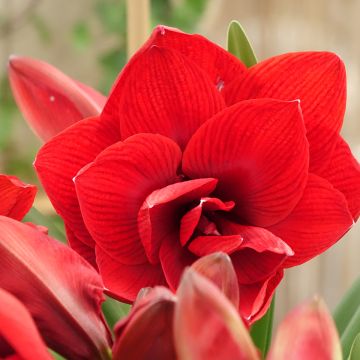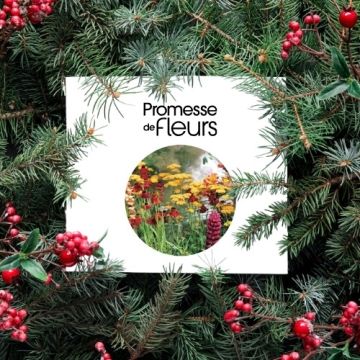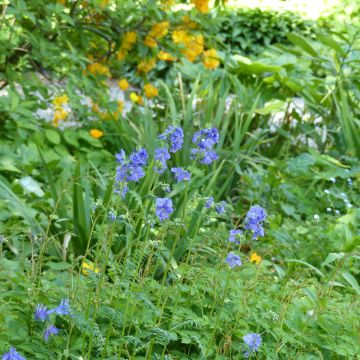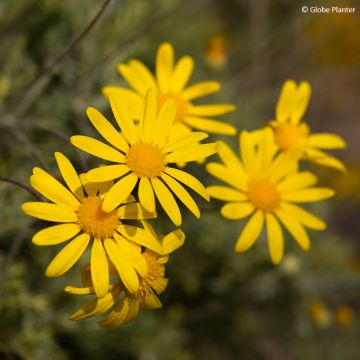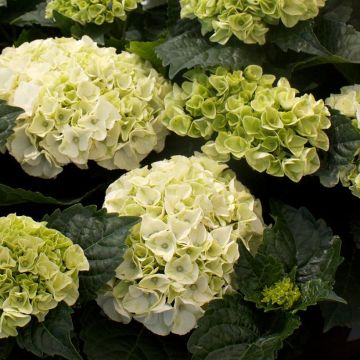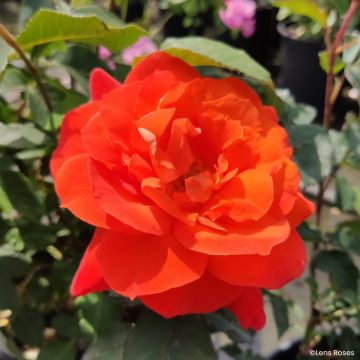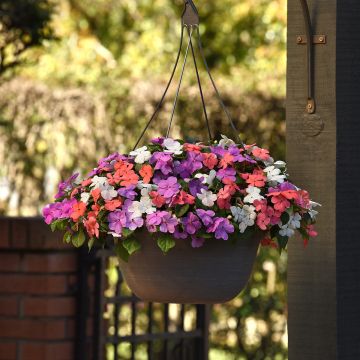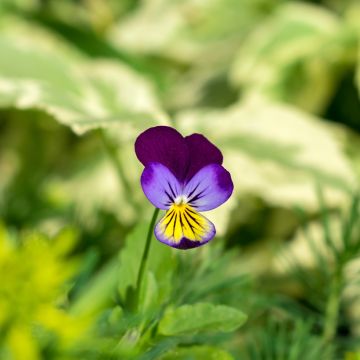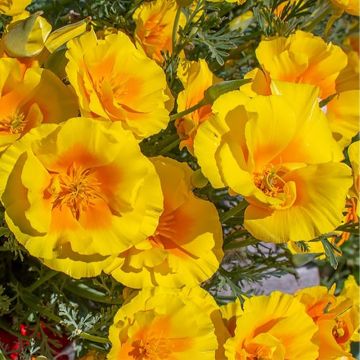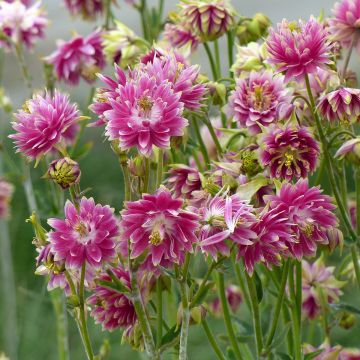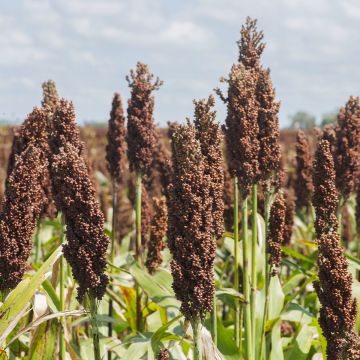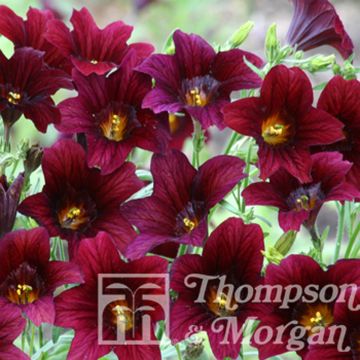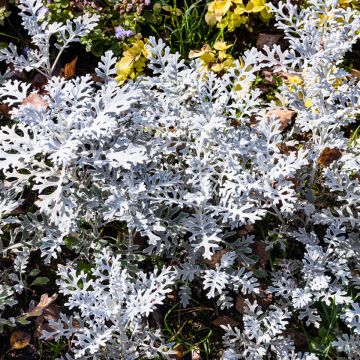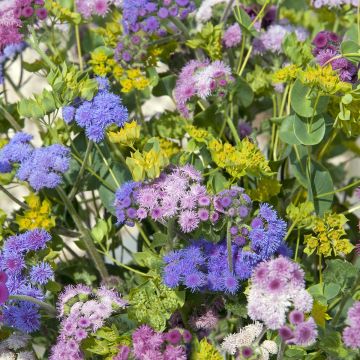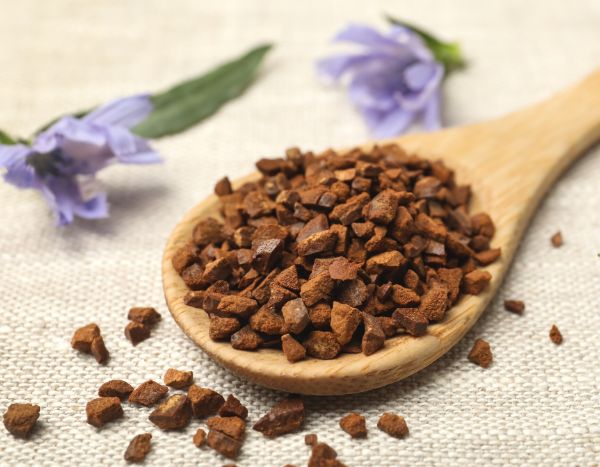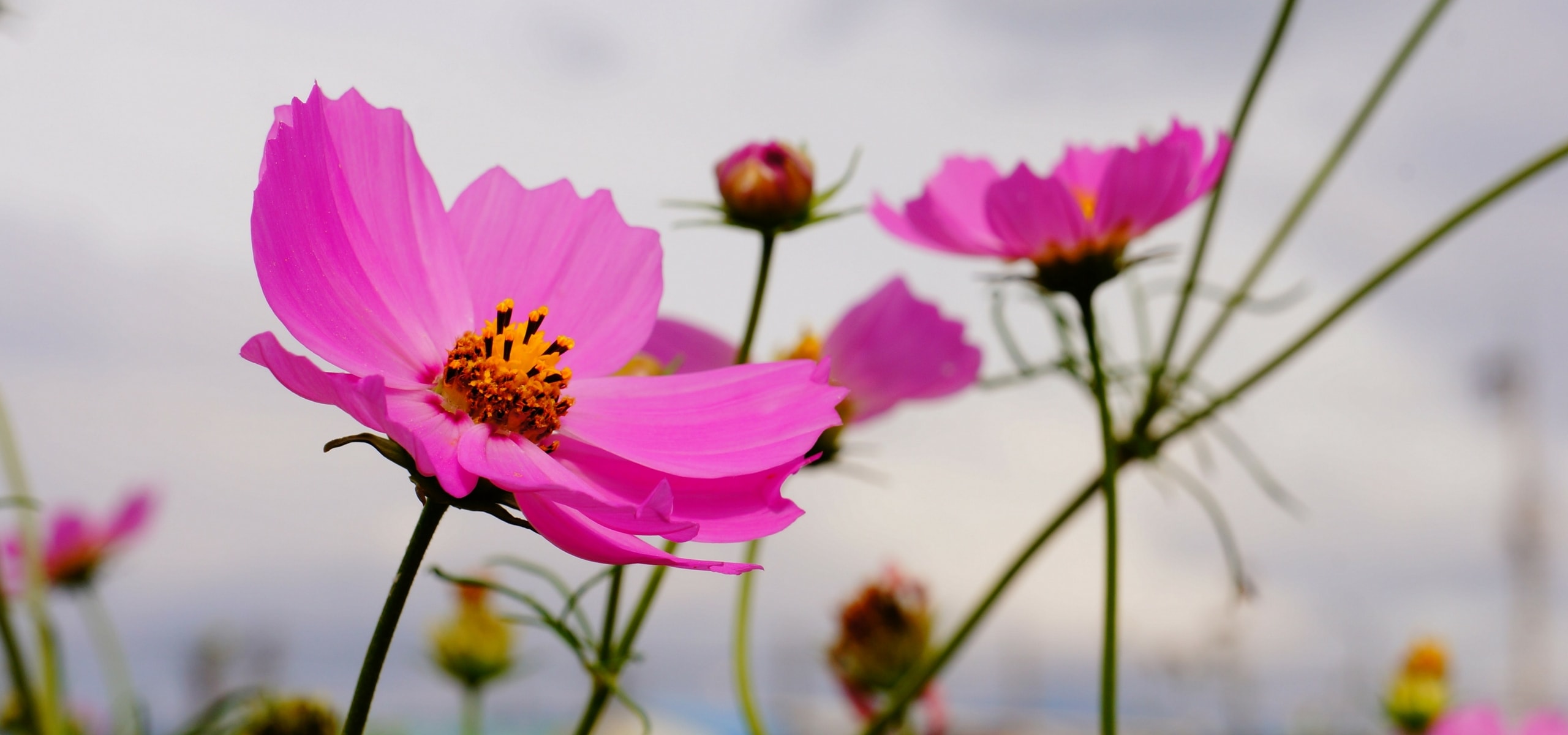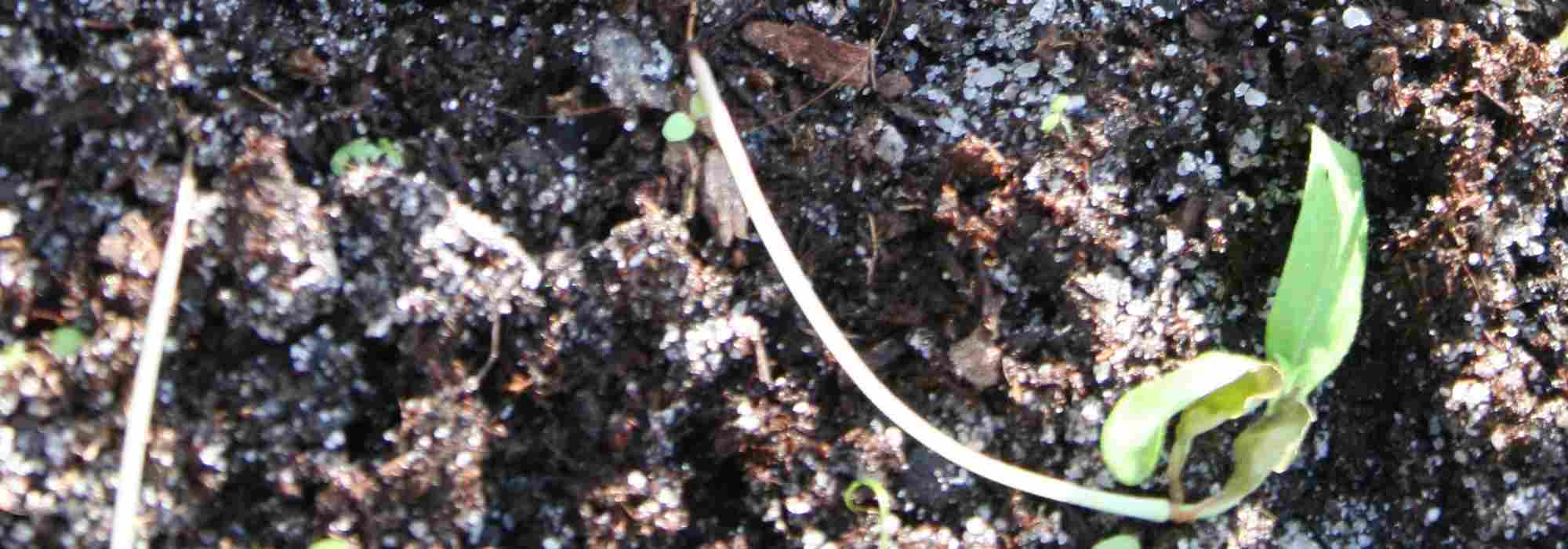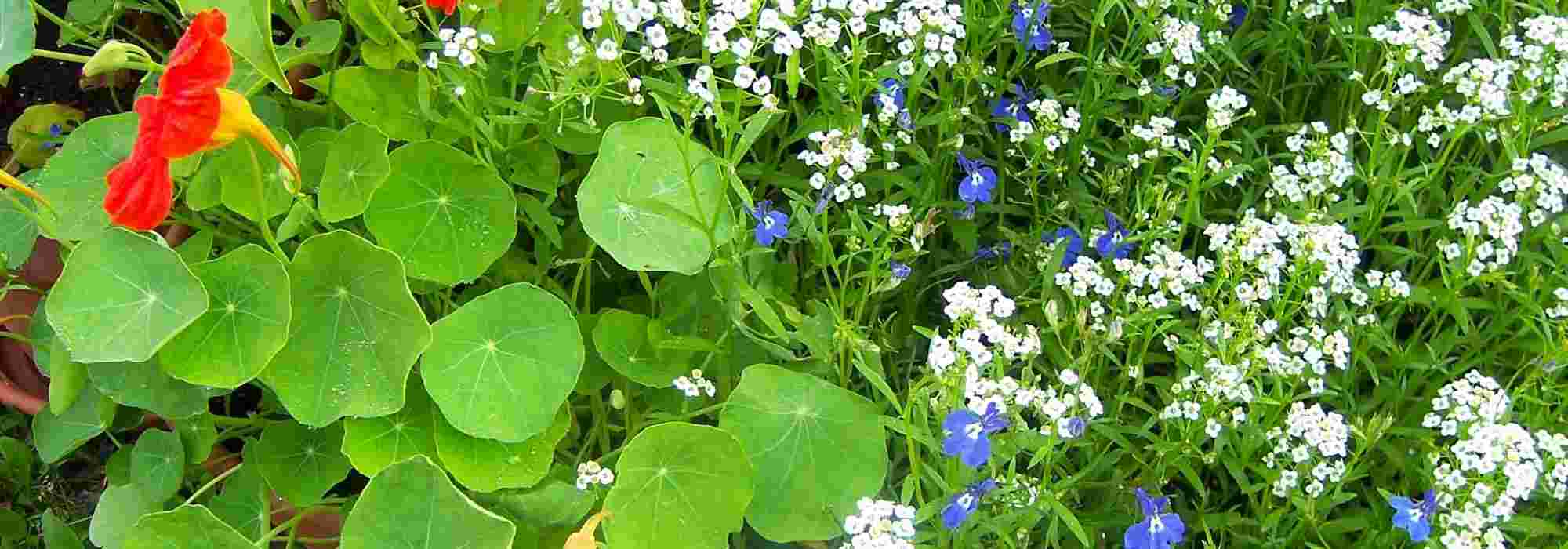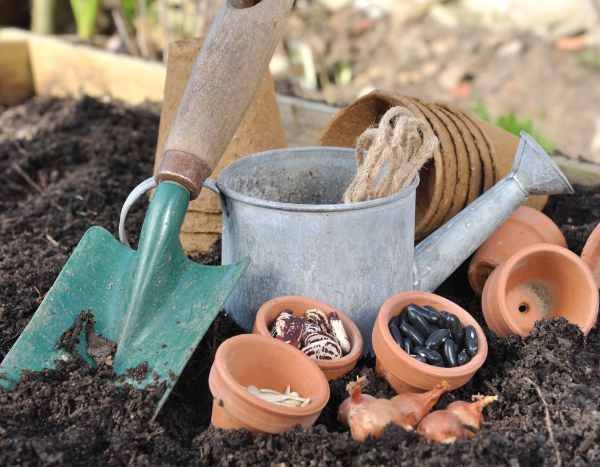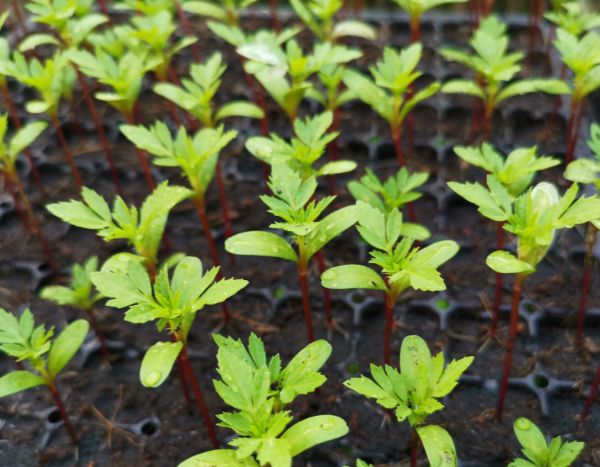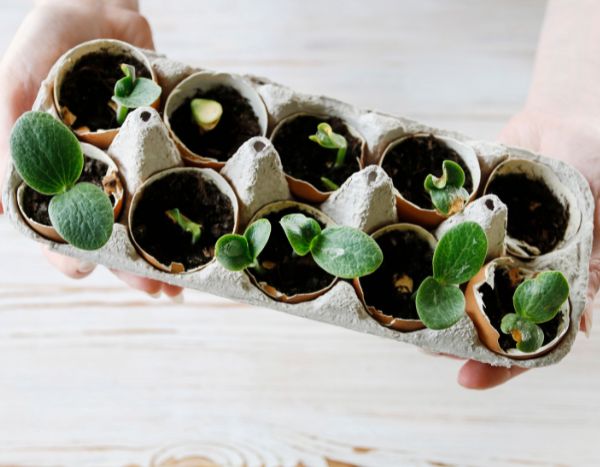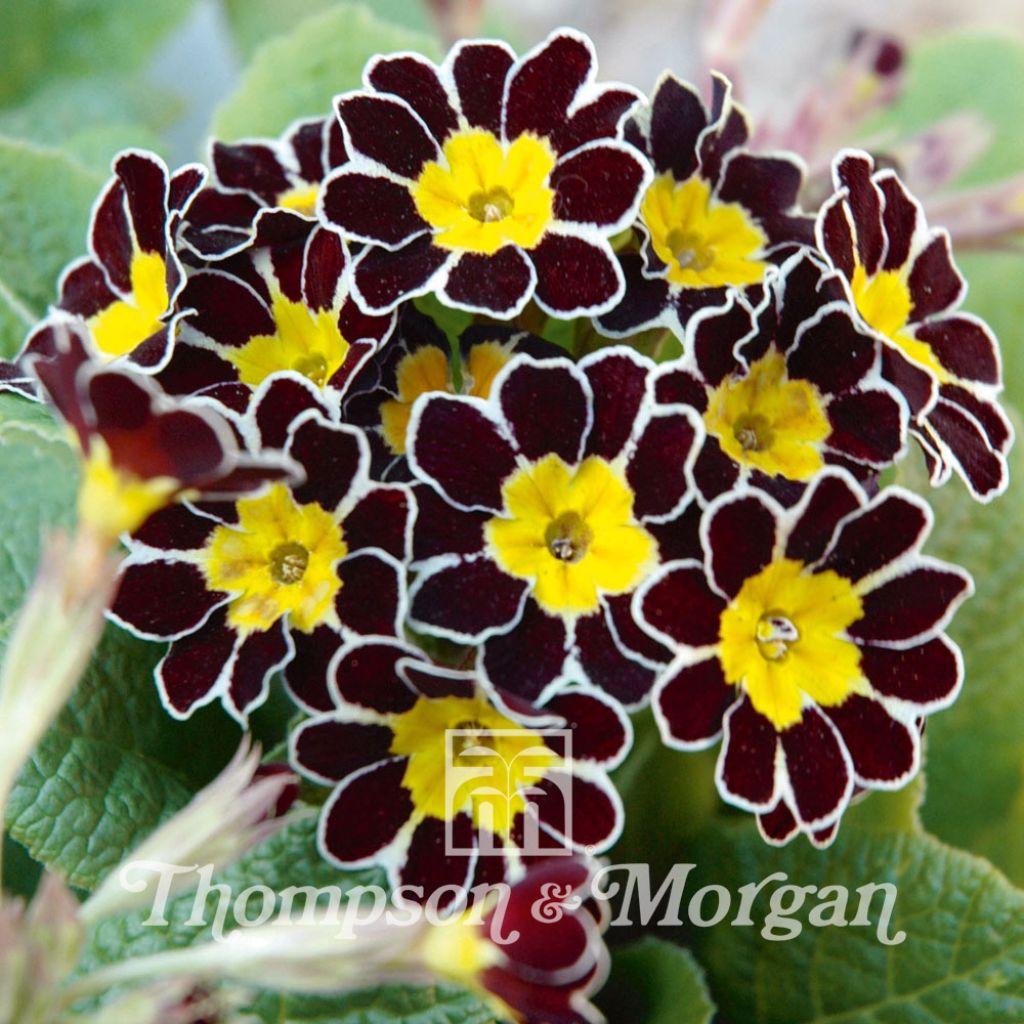

Polyanthus Gold Laced
Primula Gold Laced - Oxlip
Primula vulgaris x veris Gold Laced
Primrose, English Primrose, Common Primrose
HELLO, NO SEED HAS SPROUTED. WE FOLLOWED THE INSTRUCTIONS EXACTLY THE SAME FOR ALL 4 PACKAGES. RESPONSE FROM PROMESSE DE FLEURS We apologize as we place great importance on the quality of our plants and their growth. If you encounter any issues, please do not hesitate to contact us at 03.61.76.08.10 and we will proceed with replacement or refund if necessary.
Etienne Follebout, 10/04/2016
Special offer!
Receive a €20 voucher for any order over €90 (excluding delivery costs, credit notes, and plastic-free options)!
1- Add your favorite plants to your cart.
2- Once you have reached €90, confirm your order (you can even choose the delivery date!).
3- As soon as your order is shipped, you will receive an email containing your voucher code, valid for 3 months (90 days).
Your voucher is unique and can only be used once, for any order with a minimum value of €20, excluding delivery costs.
Can be combined with other current offers, non-divisible and non-refundable.
Why not try an alternative variety in stock?
View all →This plant carries a 6 months recovery warranty
More information
We guarantee the quality of our plants for a full growing cycle, and will replace at our expense any plant that fails to recover under normal climatic and planting conditions.
Does this plant fit my garden?
Set up your Plantfit profile →
Description
Raised and selected with the goal of perfection, the Primula polyanthus 'Gold Laced', also known as garden primroses group Polyanthus Gold Laced, are rarely offered. These plants offer almost supernatural flowers, carved like baroque jewels. Perfectly arranged around a bright yellow and round centre, their petals of velvet mahogany to nearly black are bordered by a solid gold or silver band, which divides the petal into two equal parts. These perennial rosettes bloom in spring above a rosette of semi-evergreen leaves.
The Primula of the Polyanthus group or Primula x polyantha are hybrids derived from different species (P. eliator, juliae, veris and vulgaris) native to many temperate regions of the northern hemisphere. These perennial plants belong to the large family of primulas, which includes about 400 species. The Polyanthus Gold Laced selection, heir to a long history, represents plants raised to perfection by associations of amateurs during the 17th and 18th centuries. They fell into oblivion at the beginning of the 19th century but resurfaced after the Second World War. The Primula Polyanthus 'Gold Laced' forms plants that are 15 to 23 cm (6 to 9in) in all directions, developing into rosettes of evergreen or semi-evergreen leaves that are 10 to 20 cm (4 to 8in) long, veined, slightly wrinkled, and dark green. They bloom in March-April. The flowers, borne on a thick stem, are grouped in umbels of 3 to 15 flowers with a perfectly round, bright yellow centre. The petals, of rich mahogany to almost black colour, meticulously arranged around the centre, have two perfectly equal areas, separated by a solid gold or silver filament. The flowers are brevistyle, meaning visible stamens are present around the centre.
The garden primrose is versatile and easy to grow, even if it sometimes disappears due to dry summers or severe frosts. It deserves a place in every garden. Colourful, floriferous, and cheerful, it marks the return of spring. In border plantings or containers on a balcony, these little plants are ideal companions for tulips and forget-me-nots. They are perfect in borders, low flower beds under leafy cover, rockeries, and short grass meadows, and among snowdrops and violets. The leaves and flowers are edible and can be eaten raw or cooked.
Report an error about the product description
Flowering
Foliage
Plant habit
Botanical data
Primula
vulgaris x veris
Gold Laced
Primulaceae
Primrose, English Primrose, Common Primrose
Cultivar or hybrid
Other Thompson and Morgan seeds
View all →Planting and care
Plant the primroses in the morning sun or partial shade in well-drained but fertile, humus-rich soil. These plants are sensitive to dry soil in summer or waterlogged soil in winter. Water well in the weeks following planting, especially in dry weather, to ensure establishment. Regular watering in summer will also be necessary in case of high heat and drought. These easy plants require no special care except removing faded flowers and leaves.
Container cultivation:
Ensure good drainage at the bottom of the container with a layer of gravel, broken pieces of terracotta pots, or clay pebbles to facilitate water drainage and prevent root asphyxiation. A mix of leaf compost and garden soil will be perfect.
Place the pot in partial shade or sun and water regularly to keep the substrate slightly moist to support flowering. Add a bit of "special flowering plant" fertiliser to the water every two weeks and remove faded flowers to extend the flowering period.
Sowing period
Intended location
Planting & care advice
-
, onOrder confirmed
Reply from on Promesse de fleurs
Haven't found what you were looking for?
Hardiness is the lowest winter temperature a plant can endure without suffering serious damage or even dying. However, hardiness is affected by location (a sheltered area, such as a patio), protection (winter cover) and soil type (hardiness is improved by well-drained soil).

Photo Sharing Terms & Conditions
In order to encourage gardeners to interact and share their experiences, Promesse de fleurs offers various media enabling content to be uploaded onto its Site - in particular via the ‘Photo sharing’ module.
The User agrees to refrain from:
- Posting any content that is illegal, prejudicial, insulting, racist, inciteful to hatred, revisionist, contrary to public decency, that infringes on privacy or on the privacy rights of third parties, in particular the publicity rights of persons and goods, intellectual property rights, or the right to privacy.
- Submitting content on behalf of a third party;
- Impersonate the identity of a third party and/or publish any personal information about a third party;
In general, the User undertakes to refrain from any unethical behaviour.
All Content (in particular text, comments, files, images, photos, videos, creative works, etc.), which may be subject to property or intellectual property rights, image or other private rights, shall remain the property of the User, subject to the limited rights granted by the terms of the licence granted by Promesse de fleurs as stated below. Users are at liberty to publish or not to publish such Content on the Site, notably via the ‘Photo Sharing’ facility, and accept that this Content shall be made public and freely accessible, notably on the Internet.
Users further acknowledge, undertake to have ,and guarantee that they hold all necessary rights and permissions to publish such material on the Site, in particular with regard to the legislation in force pertaining to any privacy, property, intellectual property, image, or contractual rights, or rights of any other nature. By publishing such Content on the Site, Users acknowledge accepting full liability as publishers of the Content within the meaning of the law, and grant Promesse de fleurs, free of charge, an inclusive, worldwide licence for the said Content for the entire duration of its publication, including all reproduction, representation, up/downloading, displaying, performing, transmission, and storage rights.
Users also grant permission for their name to be linked to the Content and accept that this link may not always be made available.
By engaging in posting material, Users consent to their Content becoming automatically accessible on the Internet, in particular on other sites and/or blogs and/or web pages of the Promesse de fleurs site, including in particular social pages and the Promesse de fleurs catalogue.
Users may secure the removal of entrusted content free of charge by issuing a simple request via our contact form.
The flowering period indicated on our website applies to countries and regions located in USDA zone 8 (France, the United Kingdom, Ireland, the Netherlands, etc.)
It will vary according to where you live:
- In zones 9 to 10 (Italy, Spain, Greece, etc.), flowering will occur about 2 to 4 weeks earlier.
- In zones 6 to 7 (Germany, Poland, Slovenia, and lower mountainous regions), flowering will be delayed by 2 to 3 weeks.
- In zone 5 (Central Europe, Scandinavia), blooming will be delayed by 3 to 5 weeks.
In temperate climates, pruning of spring-flowering shrubs (forsythia, spireas, etc.) should be done just after flowering.
Pruning of summer-flowering shrubs (Indian Lilac, Perovskia, etc.) can be done in winter or spring.
In cold regions as well as with frost-sensitive plants, avoid pruning too early when severe frosts may still occur.
The planting period indicated on our website applies to countries and regions located in USDA zone 8 (France, United Kingdom, Ireland, Netherlands).
It will vary according to where you live:
- In Mediterranean zones (Marseille, Madrid, Milan, etc.), autumn and winter are the best planting periods.
- In continental zones (Strasbourg, Munich, Vienna, etc.), delay planting by 2 to 3 weeks in spring and bring it forward by 2 to 4 weeks in autumn.
- In mountainous regions (the Alps, Pyrenees, Carpathians, etc.), it is best to plant in late spring (May-June) or late summer (August-September).
The harvesting period indicated on our website applies to countries and regions in USDA zone 8 (France, England, Ireland, the Netherlands).
In colder areas (Scandinavia, Poland, Austria...) fruit and vegetable harvests are likely to be delayed by 3-4 weeks.
In warmer areas (Italy, Spain, Greece, etc.), harvesting will probably take place earlier, depending on weather conditions.
The sowing periods indicated on our website apply to countries and regions within USDA Zone 8 (France, UK, Ireland, Netherlands).
In colder areas (Scandinavia, Poland, Austria...), delay any outdoor sowing by 3-4 weeks, or sow under glass.
In warmer climes (Italy, Spain, Greece, etc.), bring outdoor sowing forward by a few weeks.































